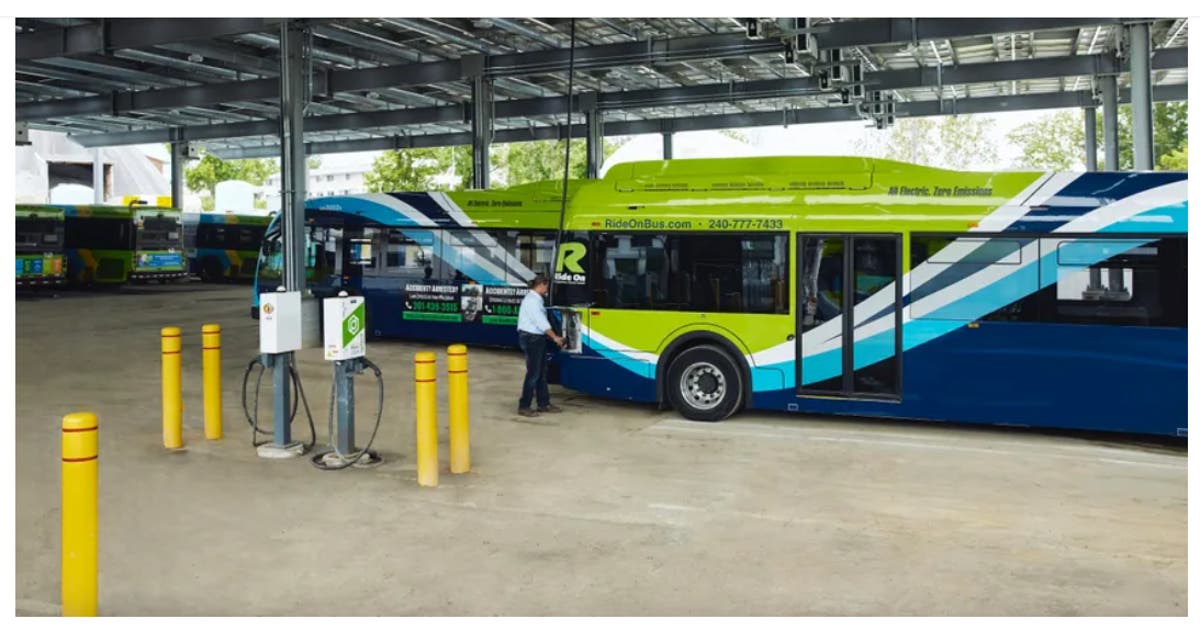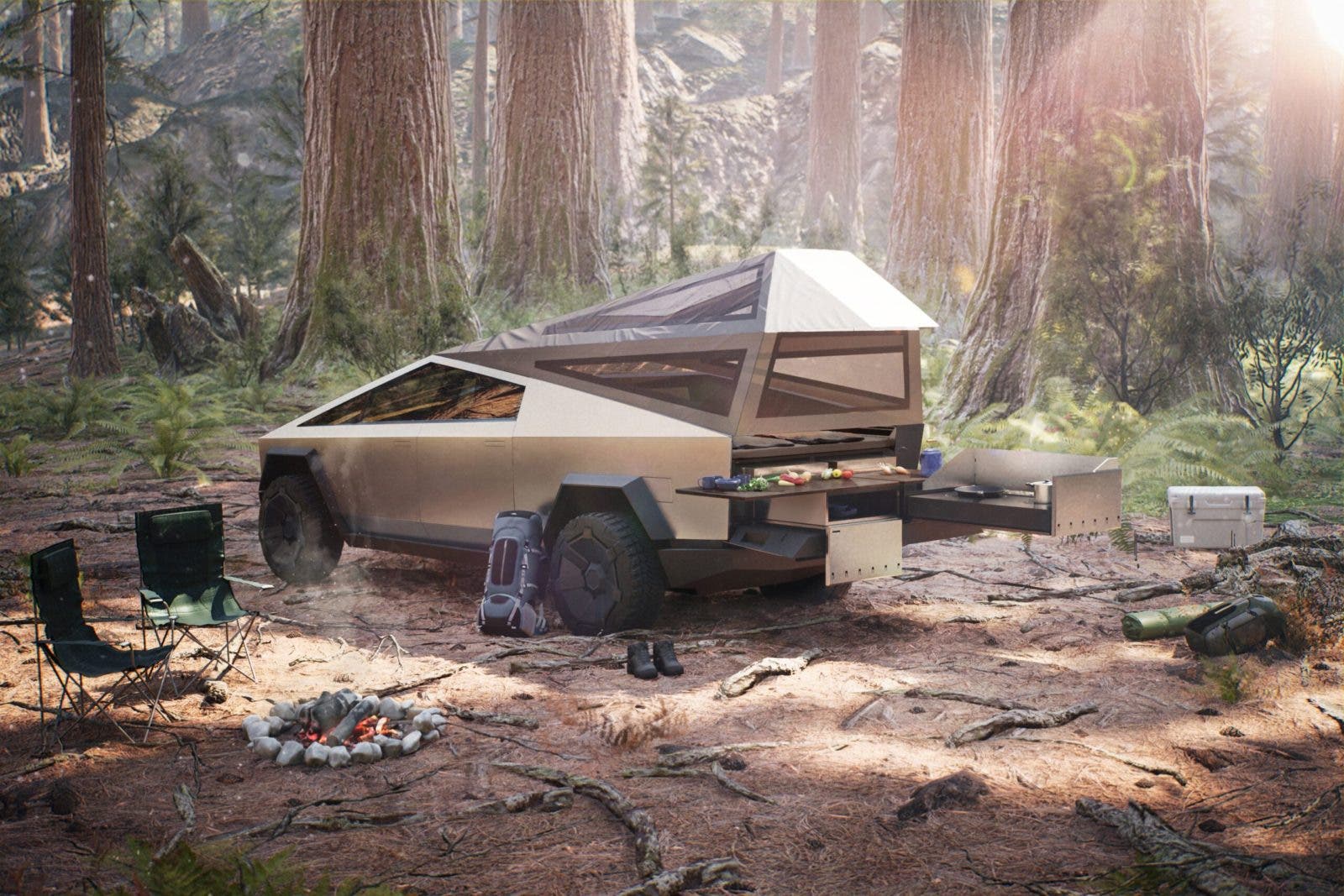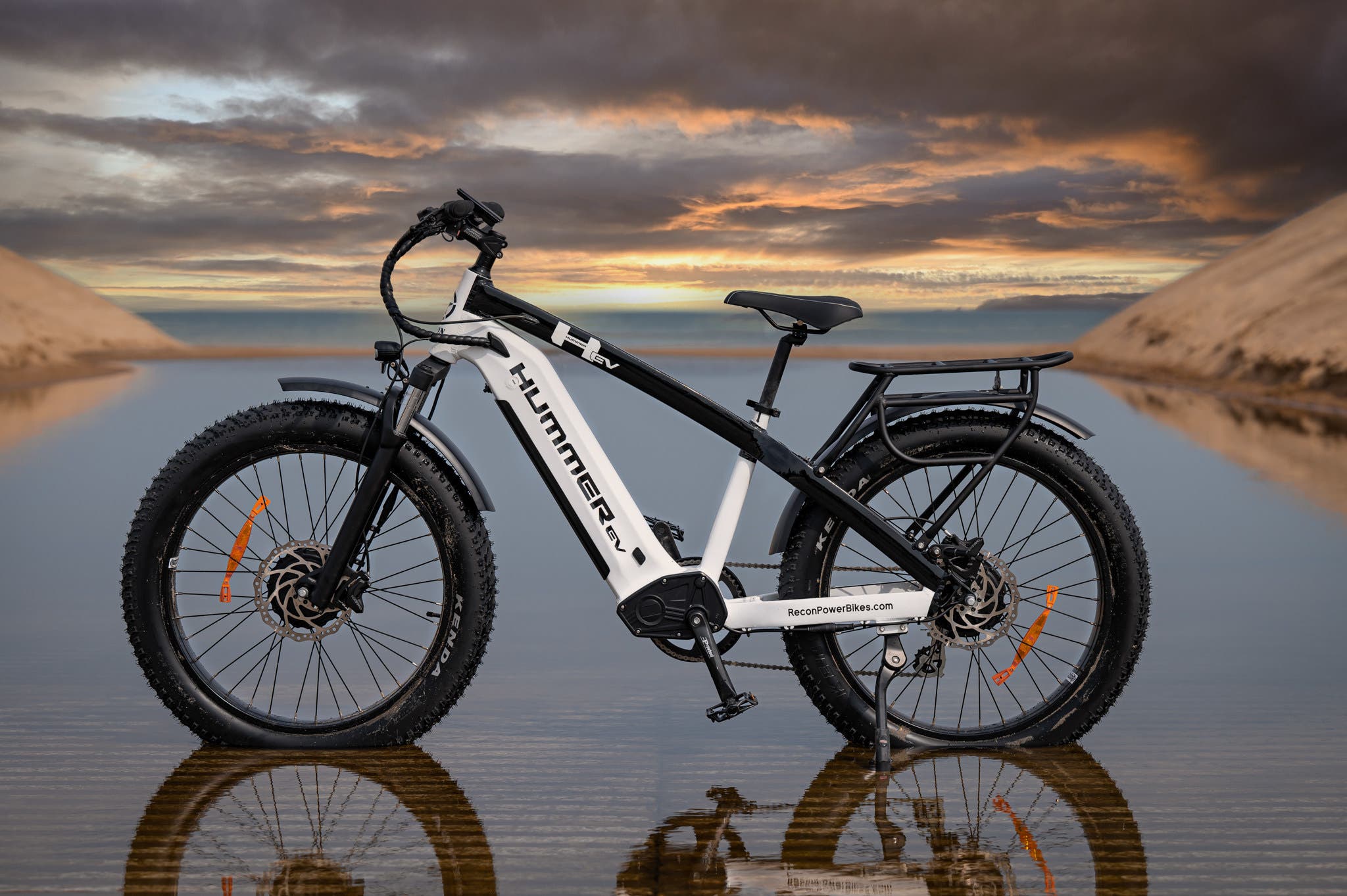State, local zoning laws and ordinances for locating wind energy and solar power projects are now compiled in new machine-readable data sets. To assist with Decarbonization Planning Goals The potential for U.S. renewable energy resources can be significantly impacted by state and municipal zoning regulations and ordinances, which have an impact on how and where wind and solar energy projects can be sited and deployed. The overall U.S. wind energy technical potential is, for instance, seven times higher under the least restrictive location regimes than it is under the most restrictive siting regimes, according to earlier National Renewable Energy Laboratory (NREL) study.
Local site constraints have emerged as a crucial issue as the United States strives to create a net-zero carbon economy by 2050 and 100% clean electricity by 2035. However, before today, there was no single location where the public could access information on state and local wind energy and solar power ordinances.
Two new datasets from NREL on state and local zoning regulations for wind and solar energy in the US have been made available. The data sets are machine-readable, enabling academics and GIS analysts to quickly assess site implications. This project is a part of NREL’s ongoing investigation into the relationship between land use and the spread of clean energy.
According to Anthony Lopez , an NREL senior geospatial data scientist and the project leader for the new data sets, our new, high-resolution data sets are tools that can help us better comprehend the intricate interplay between siting issues and massive clean energy development. The information can help in conversations about striking a balance between local clean energy deployment choices and reducing global climate change.
LAWS CONTAINED IN THE DATA SETS Two data sets were released by NREL: one included almost 2,000 zoning regulations for wind energy in the United States and the other approximately 1,000 regulations for solar energy at the state, county, township, and municipal levels. The wind and solar energy zoning ordinance statistics are presented in both data sets as downloadable spreadsheets and are complemented by interactive maps that show the data by location and ordinance type.
The wind energy database comprises setbacks, or the necessary boundaries around infrastructure, such as property lines, buildings, highways, railroads, electric transmission lines, and bodies of water, where wind turbines cannot be erected. The data set also includes height and rotor size constraints because setbacks are determined by wind turbine tip heights; the taller the turbine, the larger the setback. There are also other rules such as noise restrictions, limits on shadow flicker, and moratoria or prohibitions on utility-scale wind.
Similar setbacks are included in the solar energy database , along with height limits, minimum and maximum lot sizes, prohibitions or moratoriums on the growth of solar power, and more.
The two data collections are part of a collection of renewable energy supply curves created by NREL that describe the number and quality of renewable resources. A range of analytic and modeling applications rely on the basic data that NREL creates and makes available to the research community. When evaluating the land availability for renewable energy projects, the supply curves should be used to take into account how they will interact with the built and natural environments.
According to Aaron Levine , a senior energy analyst at NREL, the new data can be used by energy modelers, wind and solar energy technology engineers, land-use specialists, ecologists, social scientists, and others to comprehend how different land uses might affect the widespread deployment of sustainable energy. The trade-offs between emissions, costs, plant design, land use, animal habitat, and other factors can be evaluated using modeling and analysis.
IN THE CLEAN ENERGY NARRATIVE, THE RISE OF SITTING CONSTRAINTS About ten years ago, Lopez and Mai began to consider how land use restrictions would affect the adoption of sustainable energy, particularly wind energy. Although it wasn’t a hot research topic at the time, they thought it was an important query that would need to be answered.
Today, Lopez and his team have improved the spatial resolution of technical potential assessments for wind and solar energy to take into account all 124 million structures in the United States, as well as every road, rail line, transmission line, and radar tower. The Wall Street Journal and U.S. wind energy technical potential 0 have recently been interested in their studies as the US seeks accelerated goals for carbon reduction.
A recent analysis of the land area requirements and land use intensity of U.S. wind energy deployments from 2000 to 2020 found that the total U.S. wind energy footprint is equivalent to the size of New Hampshire and Vermont put together. Lopez and team have conducted several studies on the land use dynamics of clean energy deployment. However, it is projected that just a small portion of that land (andlt;1%4%) will be directly touched by or occupied by actual wind energy infrastructure in the long run.
Research on the use of land for solar development is also ongoing, and includes new predictions of solar land use from the U.S. wind energy technical potential 1. The findings indicate that in every considered future scenario, there is more than enough land available to accommodate solar expansion. Ground-based solar technology will need 0.5% of the United States’ land area by 2050, which might be satisfied by less than 10% of the country’s theoretically viable disturbed areas. However, local communities, ecosystems, and agricultural regions will be impacted by solar installations.
Many questions still need to be investigated, according to Lopez. Local governments will implement national clean energy goals. We will keep delving further into our resolution and looking at various angles of how the usage of land and the use of renewable energy intersect.
The Solar Energy Technologies Office and Wind Energy Technologies Office of the U.S. Department of Energy are responsible for funding the project.
Find out more information on U.S. wind energy technical potential 2, U.S. wind energy technical potential 3, and U.S. wind energy technical potential 4.
made by Madeline Geocaris. Thanks to the U.S. wind energy technical potential 5 for the article.
Do you value the unique reporting and cleantech news coverage on CleanTechnica? Consider becoming a patron on U.S. wind energy technical potential 6 or a CleanTechnica Member, Supporter, Technician, or Ambassador. Don’t miss a cleantech story, will ya? Register for U.S. wind energy technical potential 7 by email. Or U.S. wind energy technical potential 8 Want to advertise with CleanTechnica, send us a tip, or propose a speaker for our podcast CleanTech Talk? You can reach us here.







